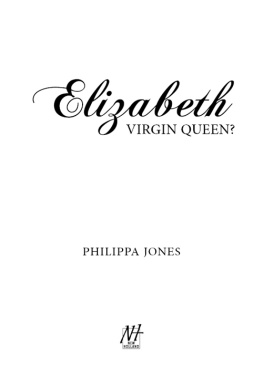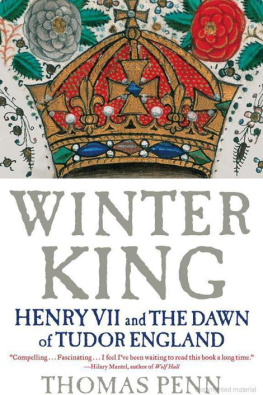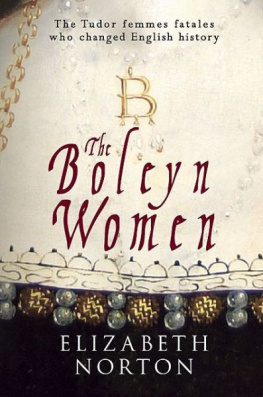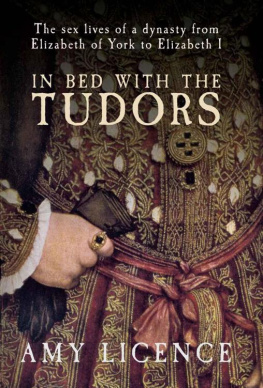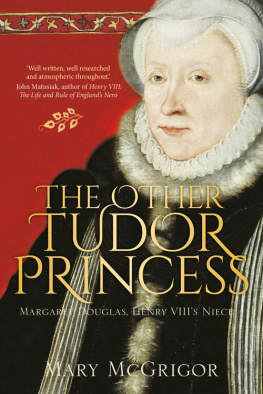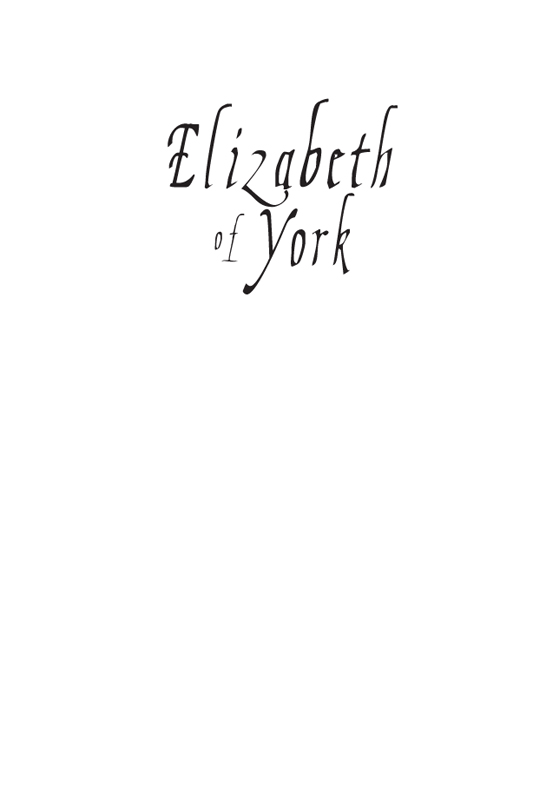In that garden be flowers of hue:
The gillyflower gent, that she well knew;
The fleur-de-lis she did on rue,
And said the white rose is most true
This garden to rule by righteous law.
The lily-white rose methought I saw
And ever she sang.
Contemporary song about Elizabeth of York
For Rufus and Robin
This electronic edition published 2013
Amberley Publishing
The Hill, Stroud, Gloucestershire
GL5 4EP
www.amberley-books.com
Copyright Amy Licence 2009, 2013
ISBN 9781445609614 (PRINT)
ISBN 9781445618104 (e-BOOK)
All rights reserved. No part of this book may be reprinted or reproduced or utilised in any form or by any electronic, mechanical or other means, now known or hereafter invented, including photocopying and recording, or in any information storage or retrieval system, without the permission in writing from the Publishers.
British Library Cataloguing in Publication Data.
A catalogue record for this book is available from the British Library.
CONTENTS
INTRODUCTION
The past is a foreign country; they do things differently there.
The opening sentence of L. P. Hartleys novel The Go-Between has been quoted many times since its publication in 1953. It has implications for the historical biographer that extend far beyond its original context and raise key questions for anyone in pursuit of the past. To try to understand the lives of those born over 500 years ago, to try to reconstruct their daily routines and draw theories from their experiences, is to attempt the translation of a sophisticated system of codes and beliefs that may be almost wholly lost to us today. Why people of the past behaved as they did is a far more challenging question than may first appear.
Basic human emotions do not change across time. Of course, the Tudors felt fear and desire, ambition and disappointment, love and hate, just as we do. They strove for success, cherished hopes for their marriages, raised their children and took great care to influence the way they were perceived in society, just like us. Many facets of their identities and existences strike us as surprisingly modern and remind us of the universality of the human experience. Because of this, it is possible to broach the divide of centuries and find common ground, even across different classes, genders, ages and events. Then we read that they did something which surprises us, something which we find totally incomprehensible according to modern sensibilities. Tudor people can sometimes seem very close and at others, their behaviour places them far from the twenty-first-century reader. To understand them, we have to try and get inside the Tudor mind, evaluate their actions according to their collective mentalit, if such a thing exists.
Where the biographer and reader must be wary is in how their actions are interpreted. The late medieval environment was very different from ours in social, cultural, political and religious terms. Thus the psychological backdrop of its inhabitants and the mechanisms by which they understood and acted on their emotions, indeed the very mental structures that produced them, differ widely from those of today. Put simply, our wallpaper has changed. The Tudors gave meaning to their experiences in different ways: a headache may have been seen as the result of witchcraft instead of dehydration, tiredness or eye-strain. Preparations for a journey might involve having an astrological chart drawn up as well as packing your bags. Superstition, fate and mysticism played a more significant part in the interpretive process then, along with a different set of communal mores and beliefs in the worlds composition and extent. Different bodies of knowledge shaped meaning in areas where we would today look to science for explanation: medieval medicine encompassed astrology, alchemy, magic, superstition, morality and religion, while the inequality between the genders underpinned every aspect of malefemale interaction.
To fully understand the lives of our own contemporaries is difficult enough. Individual identities are a function of the membership of social, religious, cultural and political groups, as well as variable influences such as family units, education, intelligence, experiences, regions and generations: there are more combinations of modern sensibilities and systems of belief than can be calculated. It takes a leap of imaginative faith and a degree of empathy to comprehend the motives and feelings of any other modern individual. This can only be exacerbated by the divide of centuries. One consequence of biography, therefore, is an unavoidable degree of distance and detachment which writers attempt to resolve with differing approaches, agendas and narrative structures. Two seem to emerge as most common. A biographer may recount the events of a persons life in a removed, linear manner, or try to recreate a recognisable human experience, with all the limitations this approach must imply. Often, out of necessity, the latter method becomes more of a study of the life and times, with heavy emphasis placed on the times. It can be frustrating to tease out the individual from the events, especially when dealing with marginalised, relatively unrecorded figures such as children, the poor or women. Even the most important woman in the country, its queen, left few traces regarding her private thoughts and feelings.
It is impossible now, and misleading, to try to understand what it was like to be Elizabeth of York or any other such historical subject. Her queenship alone makes her unique, even among other women of her time. Therefore, this study of her life must be one of constant questions, reasoned speculation and theories. Her reputation and that of her family have, to an extent, been determined by certain responses perpetrated by early historians. The authors of these are exclusively male. Elizabeths actions as a princess, woman, wife, mother and queen need to be judged by the standards of regal, wifely and motherly behaviour of her time. Literary and historical sources can offer some sense of the ideals of contemporary conduct but these cannot present us with a full picture of the workings of late fifteenth-century society and take little account of personal response and reality. The careers of her predecessors, Margaret of Anjou and her own mother, Elizabeth Wydeville, are most clarified when they deviated from the regal behavioural models of the time. The questions raised by Elizabeths life may outweigh the number of answers that can be given with any certainty.
Elizabeth of Yorks character is something of an enigma. Apparently quiet, long-suffering and dutiful, her history has been overshadowed by that of her husband and his mother. This study could have easily been dominated by the powerful figures of Henry VII and Margaret Beaufort, who undoubtedly played a huge part in Elizabeths life, but ultimately it is not their story. In fact, I have deliberately restricted the amount of time each was allowed to feature. Equally, the lives of Elizabeths children and grandchildren have received far more biographical attention, of both the academic and popular kinds. There is no doubt that some Tudors attract more interest than others and Elizabeths impenetrability may have given her a less immediate appeal to the modern reader than her more obviously charismatic or colourful descendants. One irony of this lies in her popularity with her contemporaries and her identity as something of a Tudor Queen of Hearts: her portrait supposedly graces that image in a standard pack of playing cards. Historical novels have tried to recreate something meaningful out of her experiences by guessing at her emotions. Surviving portraits allow us direct access to her legendary golden beauty, even though ideals of beauty are notoriously subjective. In spite of this, her story still remains far more elusive than many of her contemporaries. Modern accounts of her life can present her as disappointingly one-dimensional, while historical sources emphasise her status; she is a construct of her femininity, beauty and fecundity; a distant iconic ideal. Yet she was also a real woman. Perhaps she may emerge as not so meek and mild after all, but rather an adaptor and survivor, operating within the limits of her choices. And they were severely limited.




